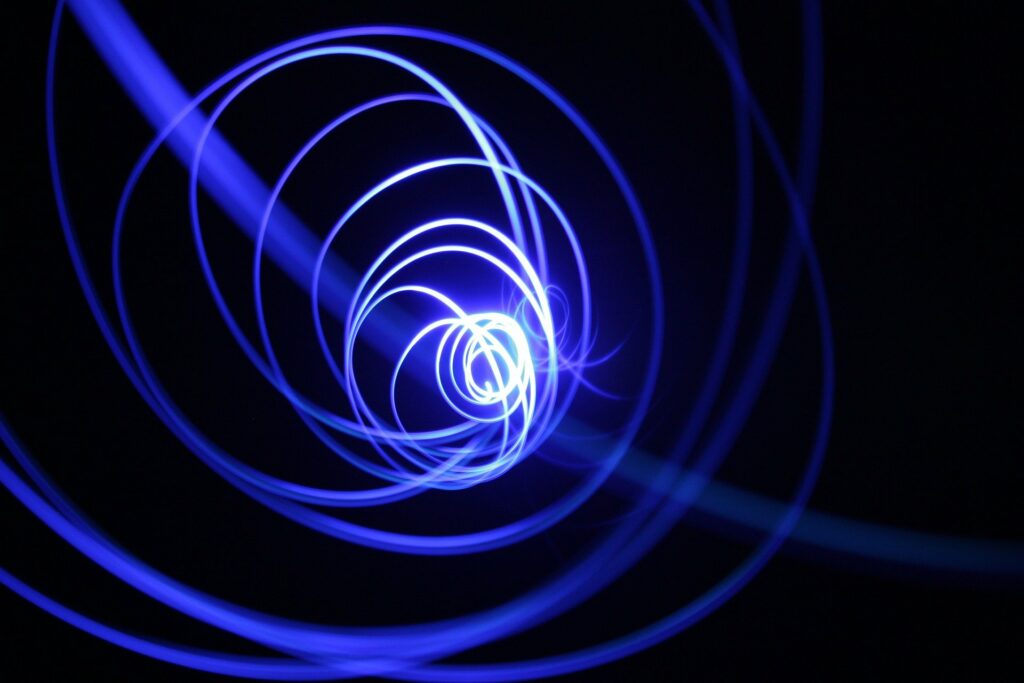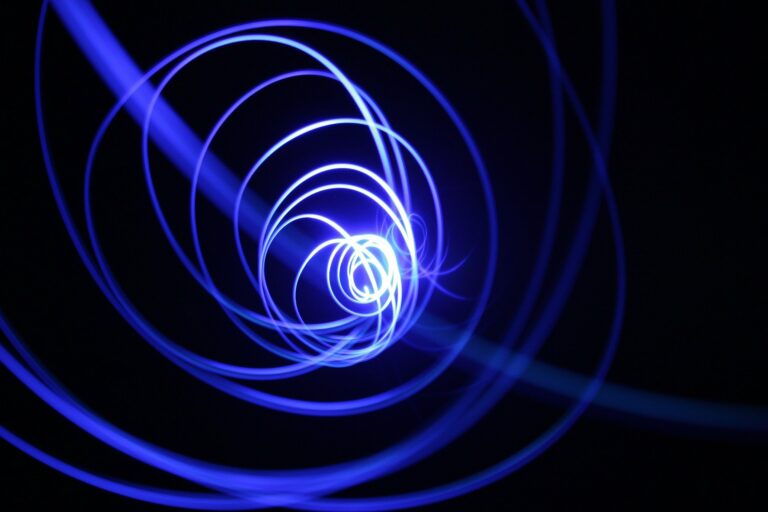New Study Reveals Quark-Gluon Plasma Behaves Similar to Flowing Water
What commonality does quark-gluon plasma—often likened to a hot soup of elementary particles emerging microseconds after the Big Bang—share with tap water? Scientists assert that it’s in the way they both flow. A recent study, featured in today’s issue of the journal SciPost Physics, underscores the unexpected parallels between quark-gluon plasma, considered the initial form of matter in the early Universe, and the water that flows from our taps.
The crucial factor determining the flow of a fluid is the ratio between its viscosity, the measure of its fluidity, and its density. Despite quark-gluon plasma exhibiting viscosity and density approximately 16 orders of magnitude greater than water, the study reveals that the ratio between the viscosity and density remains the same for both fluids. This intriguing finding suggests that one of the most exotic states of matter in our universe, quark-gluon plasma, would flow similarly to water from your tap.
The fabric of our Universe is constructed from atoms, comprised of nuclei with orbiting electrons. Nuclei consist of protons and neutrons, collectively known as nucleons, and these, in turn, consist of quarks interacting via gluons. At exceedingly high temperatures—approximately one million times hotter than the Sun’s core—quarks and gluons break free from their parent nucleons, forming a dense, hot soup recognized as quark-gluon plasma.
The prevailing theory posits that right after the Big Bang, the early universe was saturated with intensely hot quark-gluon plasma, which subsequently cooled microseconds later, giving rise to the fundamental components of all matter in our universe. Since the early 2000s, scientists have successfully recreated quark-gluon plasma experimentally using large particle colliders, yielding fresh insights into this extraordinary state of matter.

Ordinary matter encountered in our daily lives is believed to possess distinct properties from the quark-gluon plasma present in the early stages of the Universe. Fluids like water, for instance, adhere to the behavior of larger atoms and molecules, governed by weaker forces than those holding quark-gluon plasma particles together. Nevertheless, the recent study reveals a surprising similarity in the ratio of viscosity and density, referred to as kinematic viscosity, between quark-gluon plasma and ordinary liquids.
This ratio is crucial as fluid flow depends not solely on viscosity but is also governed by the Navier-Stokes equation, incorporating density and viscosity. Hence, if this ratio aligns for two different fluids, they will exhibit similar flow patterns despite having disparate viscosities and densities. Crucially, the study identifies a specific limit where liquid viscosity universally approaches its lower bound. Previous research unveiled that in this limit, fluid viscosity is dictated by fundamental physical constants such as the Planck constant and the nucleon mass.
These constants, governing processes like nuclear synthesis in stars and the stability of particles like protons, are the same constants influencing the viscosity of quark-gluon plasma. The study found that the universal lower limit of viscosity for ordinary fluids, such as water, closely approximates the viscosity of quark-gluon plasma.
Professor Kostya Trachenko, Professor of Physics at Queen Mary University of London, and the author of the study, commented, “We do not fully understand the origin of this striking similarity yet, but we think it could be related to the fundamental physical constants which set both the universal lower limit of viscosity for both ordinary liquids and quark-gluon plasma.” Professor Matteo Baggioli from the Universidad Autónoma de Madrid added,
“This study provides a fairly rare and delightful example of where we can draw quantitative comparisons between hugely disparate systems. Liquids are described by hydrodynamics, which leaves us with many open problems that are currently at the forefront of physics research. Our result shows the power of physics to translate general principles into specific predictions about complex properties such as liquid flow in exotic types of matter like quark-gluon plasma.”
Understanding the flow of quark-gluon plasma stands at the forefront of high-energy physics. While quantum chromodynamics provides a comprehensive theory for the strong forces between quarks and gluons, solving and comprehending quark-gluon plasma properties solely through this theory proves challenging. Professor Vadim Brazhkin from the Russian Academy of Sciences remarked, “It is conceivable that the current result can provide us with a better understanding of the quark-gluon plasma. The reason is that viscosity in liquids at their minimum corresponds to a very particular regime of liquid dynamics, which we understood only recently. The similarity with the QGP suggests that particles in this exotic system move in the same way as in tap water.”
This article is republished from PhysORG under a Creative Commons license. Read the original article.
Do not forget to share your opinion with us to provide you with the best posts !




0 Comments